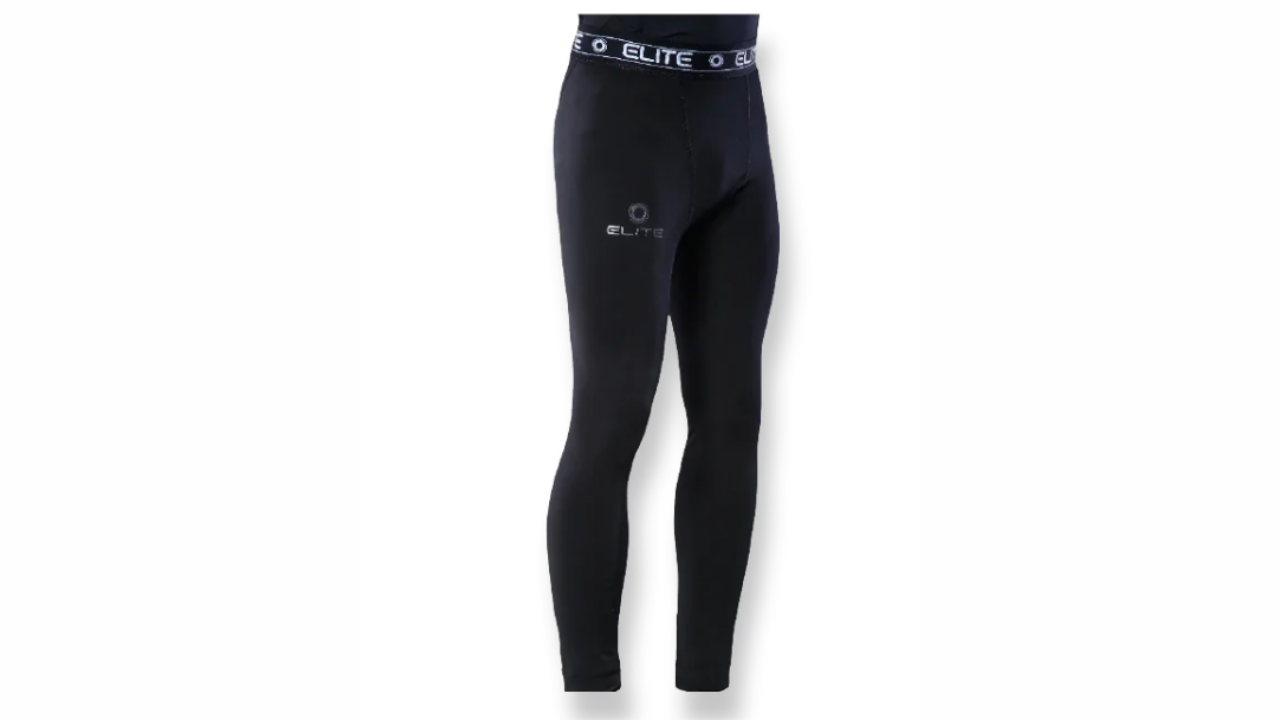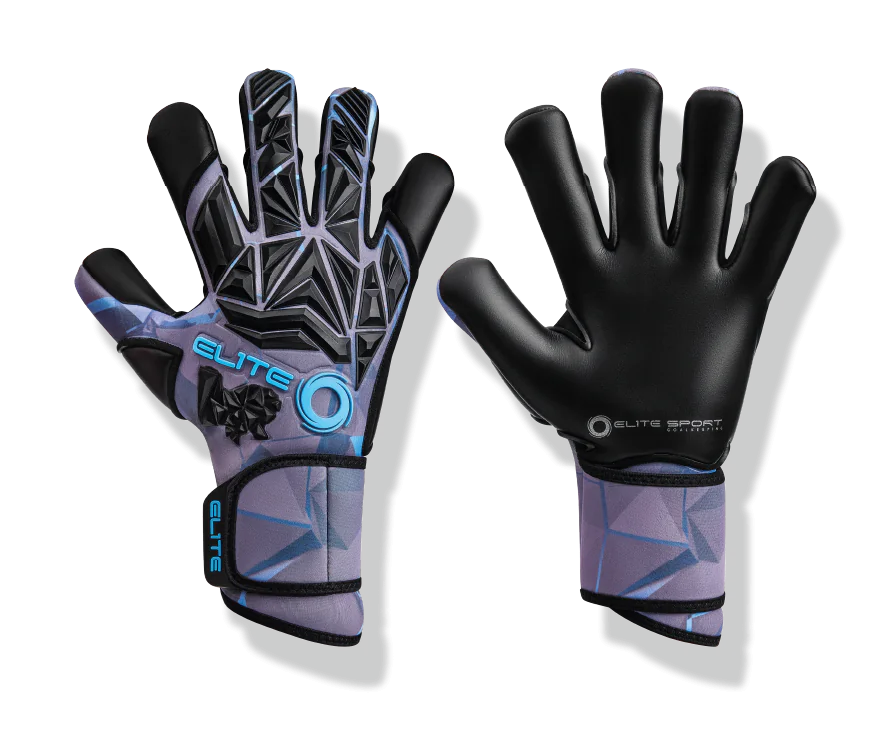Compression leggings have become a popular choice among athletes, fitness enthusiasts, and those seeking to improve their daily comfort and recovery. These garments are designed with a specific level of pressure that helps enhance blood flow, support muscles, and reduce fatigue. By understanding the benefits of compression leggings, one can make an informed decision about incorporating them into their workout routine or daily life. This blog explores how these garments aid in circulation and muscle support, leading to better performance and recovery.
The Science Behind Compression Garments
Compression garments, including leggings, work by applying consistent pressure to the muscles and soft tissues of the legs. This pressure is calibrated to help improve blood flow, reduce swelling, and enhance the delivery of oxygen to the muscles. Compression leggings are often made from materials that stretch comfortably but tightly enough to create a controlled level of compression.
The primary mechanism through which these leggings benefit circulation is by promoting the return of blood to the heart. The pressure gradient created by the leggings helps push blood through the veins and back to the heart, a process known as venous return. This can help reduce the feeling of heaviness in the legs and improve overall circulation.
Enhanced Circulation and Reduced Swelling
One of the most immediate and noticeable benefits of wearing compression leggings is improved circulation. As mentioned earlier, the pressure these garments provide encourages better blood flow, which is particularly beneficial for individuals with conditions like varicose veins or those who experience poor circulation during long periods of standing or sitting.
When circulation improves, the body is better able to remove waste products like lactic acid and carbon dioxide that build up in muscles after exercise. The enhanced blood flow also brings more oxygen and nutrients to the muscles, helping them recover more effectively. This can lead to a reduction in swelling, which often occurs after intense physical activity.

Muscle Support and Injury Prevention
Another significant advantage of compression leggings is their ability to support muscles and reduce the risk of injury. The pressure from the leggings provides stability to the muscles, especially during high-impact activities such as running, cycling, or weightlifting. This added support can prevent muscles from overstretching or experiencing excessive vibrations, which are known to contribute to muscle soreness and fatigue.
Moreover, compression garments help improve proprioception – the body’s awareness of its position and movement in space. This heightened sense of body awareness can reduce the likelihood of falls or improper movement patterns that lead to muscle strains or other injuries.
Faster Recovery After Exercise
Recovery is just as important as the workout itself, and compression leggings can play a key role in speeding up the recovery process. After an intense workout, muscles can become stiff, sore, and inflamed due to the microscopic tears that occur in muscle fibers during exercise. Compression leggings can help reduce this inflammation by improving circulation and flushing out waste products from the muscles.
Additionally, the consistent pressure applied by the leggings can help prevent blood from pooling in the legs and lower extremities, which is a common issue after long periods of physical exertion. By keeping the blood flowing more efficiently, compression leggings help ensure that the muscles receive the nutrients they need to repair themselves.
Choosing the Right Compression Leggings for Your Needs
When selecting compression leggings, it’s essential to understand that not all compression levels are created equal. Depending on the intended purpose – whether it's for athletic performance, recovery, or daily use – the level of compression required may vary. Compression is generally measured in millimeters of mercury (mmHg), with higher numbers indicating greater pressure.
For Athletic Performance
For those looking to enhance performance during physical activity, a moderate level of compression (typically around 15-20 mmHg) is ideal. This level of compression helps improve blood flow to the muscles and reduces muscle oscillation, leading to better endurance and reduced fatigue. Athletes who engage in activities like running or cycling may find this level of compression particularly beneficial.
For Recovery and Swelling Reduction
For post-workout recovery or for individuals dealing with swelling or chronic conditions like edema, higher compression (20-30 mmHg) may be necessary. This level of pressure helps reduce swelling and accelerates the body’s natural healing process by encouraging better circulation and muscle repair.
For Everyday Comfort
For those who want to wear compression leggings for daily comfort, a lower compression level (10-15 mmHg) may be sufficient. This level offers gentle support for activities like walking or standing for long periods while promoting overall circulation without feeling too tight or restrictive.
Incorporating compression leggings into your routine can have a profound effect on both circulation and muscle support. By enhancing blood flow, reducing swelling, and supporting muscles during physical activity, these garments help improve performance, speed up recovery, and minimize the risk of injury. Whether you’re an athlete, a fitness enthusiast, or simply someone looking to enhance your comfort, compression leggings offer a wide range of benefits that go beyond just fashion.












Write a comment ...